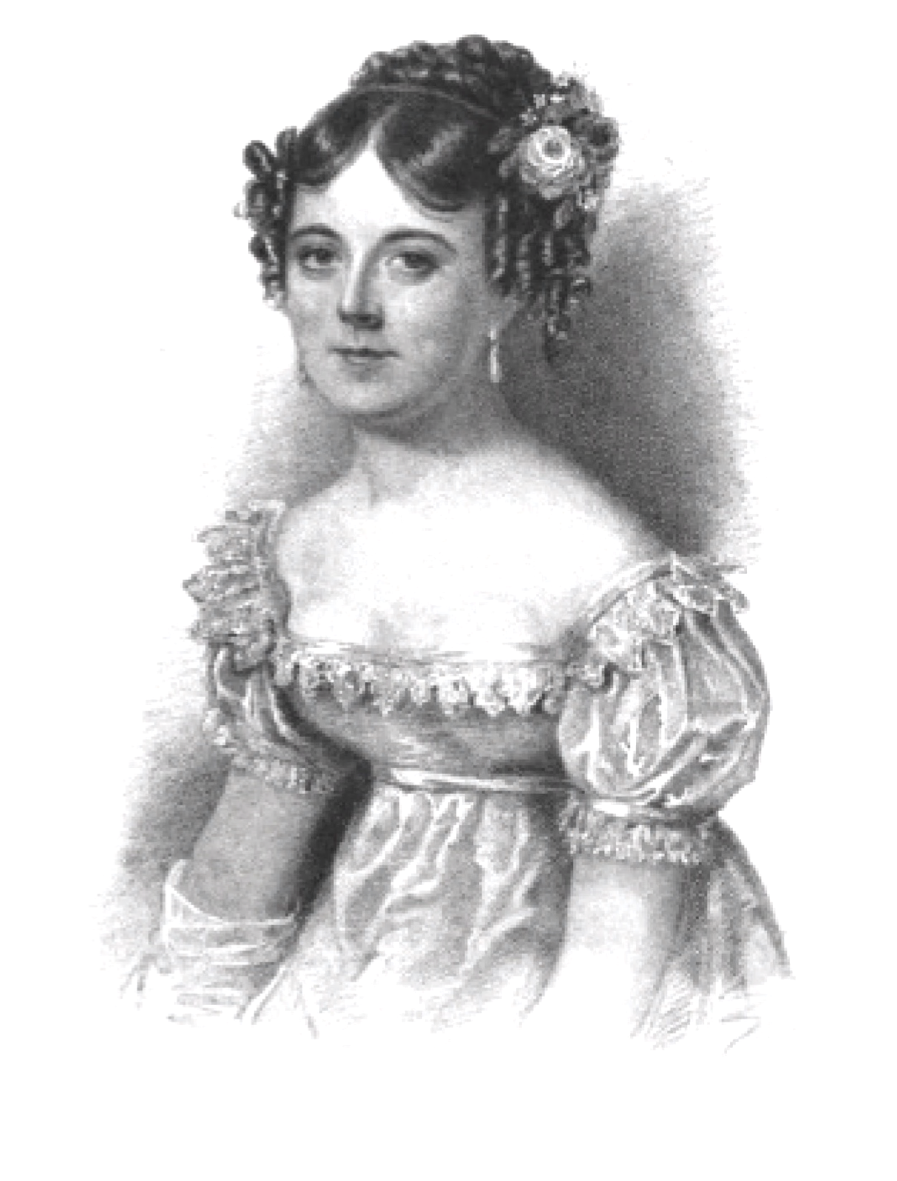Nineteenth-century harp makers: where is the female voice?
- mike45804
- Oct 30, 2020
- 3 min read
Despite many of the nineteenth-century harp makers being family businesses, the role of women is absent from the documentary record. It is possible, however, to say that women played more than a passing role in the day-to-day management of companies. Following Jacob Erat’s death in February 1821, his wife was one of a pair of executors appointed to oversee the business, the other being the music teacher, George Sharp, father of Miss Louisa Sharp, the precious young harpist and later painter; John Broadwood, the pianoforte maker was abrogated by his 1812 death.

In directing his wife to continue his business¸Jacob demonstrated his confidence in her abilities to manage it, albeit with guidance. She may have already been an active partner. Martha was certainly present in the businessduring the move from Wardour Street to Berners Street,a year before Jacob’s death.In his diary on 19 April 1820, Robert Willis writesthat soot from a dismantled chimney‘spoilt […]Mrs Erat’s cloak & bonnet in the parlour’. For women, child-care was often a barrier to paid work, particularly where business and domestic settings were separate. As the accounts demonstrate, Erat’s daughters were initially educated at home, but later sent to a boarding school.
Miss Louisa Sharp.
The Lady's Monthly Museum (1823)
Martha, released from her immediate child-care obligations, may well have become more involved in the day-to-day running of the business.Although it was uncommon for women to own or manage a company at this time, it wasn’t unheard of. Of the Erat children who survived into the Victorian era, only three worked in the business. James became its sole director following his brother’s death in 1837, Julia never married but lived at 23 Berners Street, probably working in administration, and William taught music (presumably the harp). That James did not appear in the 1841 census, suggests that he was not present at 23 Berners Street when the records were collected. In 1851 he was living there with his sister Julia Erat, Julia Wapping, an assistant (both aged 37), and Ann Davis, a servant. Julia Erat is difficult to find in the 1861 census, her name being incorrectly indexed. She was living at 42 Frederick Place with Julia Weippert, a music teacher. Ten years later, both had moved to 16 Harrington Street, St Pancras, where they were lodging, Weippert’s name incorrectly recorded as Wappel. In 1881, both were still there (Julia Wappel’s name now recorded as Weipport). Julia Erat died on 3 April 1889. Her will reveals that sometime between 1881 and her death she had moved to 41 Mornington Road, Regent’s Park. Whether Julia Weippert had moved with her is unknown. Her personal estate, valued at £108/6/5, was left to Ann Caroline Harrison, her niece, next-of-kin, and daughter of Jacob Erat junior.
The name of James’s assistant, later Julia Erat’s companion, is interesting. Incorrectly listed as Julia Wapping, Wappel, Wappel, Weipport, and then correctly as Weippert, that she shared her name with the renowned harpists John-Erhardt and John-Michael Weippert, both customers of Erat, is more than coincidence. John-Erhardt had a daughter named Julia Caroline Weippert (1792-1812), by his first wife, Mary Spence (1770-1810). His second marriage in 1812 to Lydia Wigforth (1790-1868) coincided with the death of his daughter. John-Erhardt’s and Lydia’s first child, born in October of that year, was named Julia Ann, presumably in honour of her recently deceased half-sister. Precisely how Julia Ann Weippert (1812-1902) found employment with James Erat, and friendship with his sister, is unknown, though it is reasonable to assume that she was introduced by her father, perhaps visiting the harp maker with him as a child. Whilst it is plausible that the Julias were just friends, that they cohabited for at least 38 years at four different addresses, and that neither married, may indicate a long-established homosexual relationship. Evidence of such relationships is difficult to find in documentary sources due to their necessarily secretive nature. It is glimpses, such as these afforded by census records, that open a window on nineteenth-century same-sex partnerships.




Comments